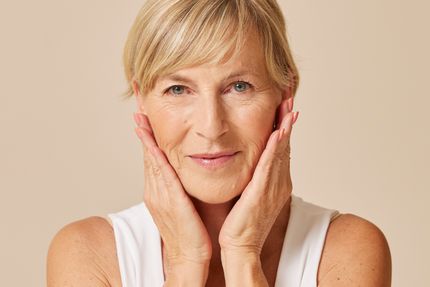

What are signs of oestrogen dominance and what can you do about it?
From the age of around 35, your ovaries gradually produce less of the sex hormones oestrogen and progesterone. This indicates the start of perimenopause. (Most women don’t notice much change at all during this time.) In the years leading up to the menopause, progesterone levels drop faster than oestrogen levels. Slowly but surely, around the age of 40, this causes the presence of excessive oestrogen in the body, also referred to as oestrogen dominance.
Oestrogen dominance is one of the primary factors that lead to symptoms we associate with menopause, but they occur before you reach menopause. The good news is that oestrogen dominance is something you can fix.
What is happening in your body?
Understanding what is happening in your body is the first step to restoring hormonal balance. After all, if you know what is causing certain symptoms, you can adjust your lifestyle accordingly.
What exactly disrupts the balance between oestrogen and progesterone? Let’s start with oestrogen.
Menopause-related oestrogen dominance
A variety of factors can contribute to high oestrogen, including liver problems, excess weight, an unhealthy diet and xenoestrogens.
- You have liver problems. Your liver breaks down hormones and eliminates them from your body. If your liver is under too much strain – for example due to having to deal with toxic substances like alcohol, tobacco or cosmetics – it cannot do its job properly and oestrogen can accumulate. Also, a fatty liver will not break down oestrogen efficiently.
- You have too much fatty tissue. Our fatty tissue produces hormones, including oestrogen. If you are overweight you have a high percentage of body fat, which can lead to high oestrogen levels.
- Your diet is lacking nutrients. Micronutrients (vitamins, minerals, trace elements) and macronutrients (protein, fats, carbohydrates) help eliminate oestrogen from your body. An unhealthy and unvaried diet promotes oestrogen dominance because your body is not getting enough nutrients to break down oestrogen.
- You are taking in too many xenoestrogens. Xenoestrogens are also called pseudo hormones. They are not real hormones, but cause a reaction similar to hormones in the body. Many foods use preservatives that contain xenoestrogens, but they are also used in skin care products, plastic bottles and even in our clothing. The chemicals are absorbed through our skin, stomach and lungs, and they can disrupt hormonal balance.
What about progesterone?
When oestrogen is not broken down it can accumulate in the body, causing an oestrogen dominance effect. At the same time, oestrogen dominance can also be triggered by a rapid drop in progesterone levels. How does this work?
When you are busy, stressed or don’t get enough rest, your body produces more cortisol (the stress hormone). When your body stays in the 'on' position, your nervous system gets stuck in overdrive. Your adrenal glands are signalled to keep making cortisol, at the expense of the production of progesterone. When you are under constant pressure or stress, your body has a choice: it can either produce sex hormones (oestrogen and progesterone) or stress hormones (cortisol). From an evolutionary standpoint, our survival instinct takes precedence over everything else. Therefore, in situations of stress, the body will prioritise the production of cortisol over sex hormones.
Stress and menopause – Stress affects menopausal symptoms (probably more than you think)
Signs and symptoms of oestrogen dominance
Are you wondering if you have oestrogen dominance? The symptoms of oestrogen dominance are wide ranging and can include:
- Menstrual problems
- Fluid retention
- Headache or migraine
- Breast pain, swelling or tenderness
- Abdominal cramps
- Bloating
- Decreased sex drive (libido)
- Mood swings or moodiness
- Anxiety
- Fatigue
- Polycystic ovary syndrome (PCOS)
- Premenstrual syndrome (PMS)
- Premenstrual dysphoric disorder (PMDD)
- Weight gain (in particular on hips, buttocks and thighs)
- Fibroids
- Growth of womb lining outside your womb (endometriosis)
- Fibrocystic breast change (mastodynia)
It is important to know that these symptoms can also be caused by other conditions or diseases. So having these symptoms does not always indicate oestrogen dominance.
Do you need more support?
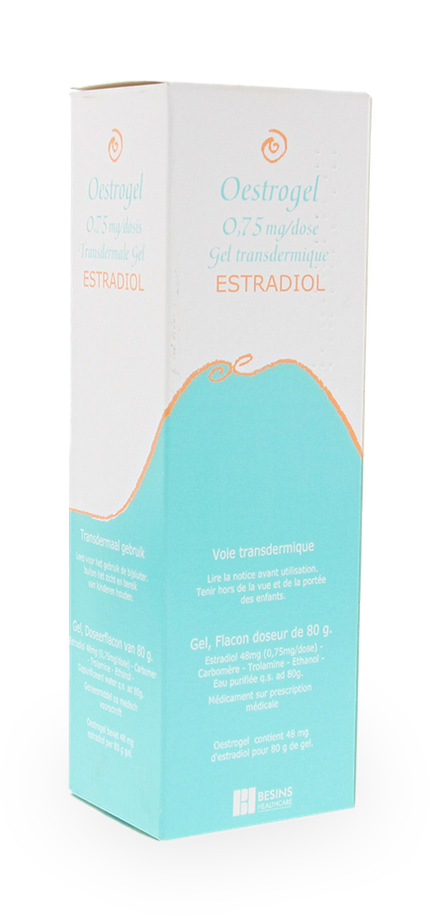
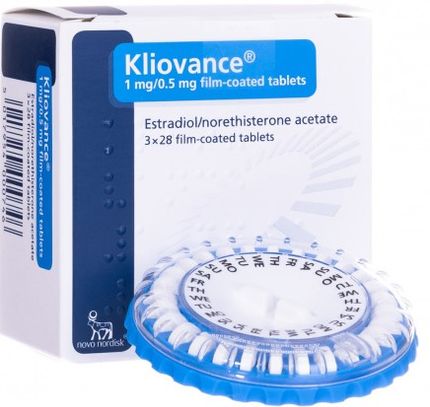
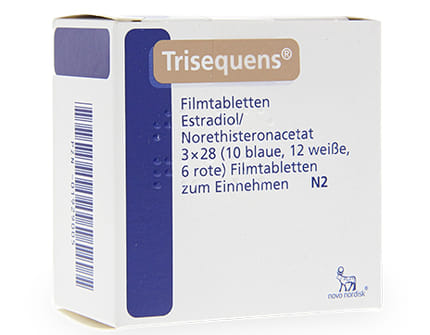

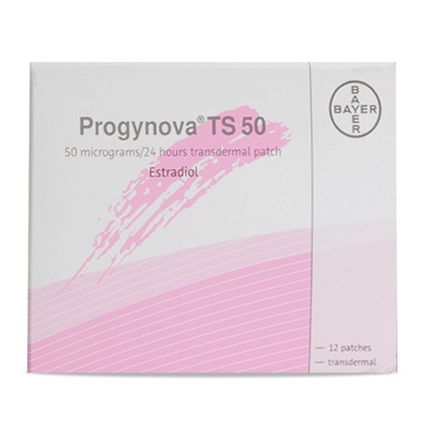
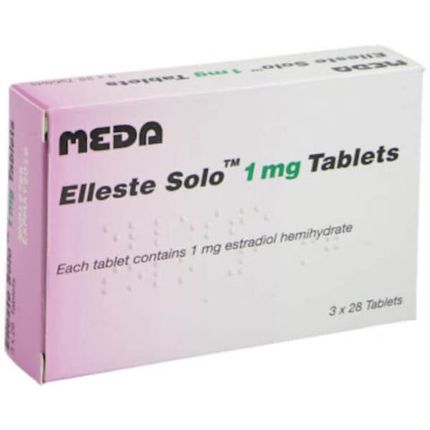

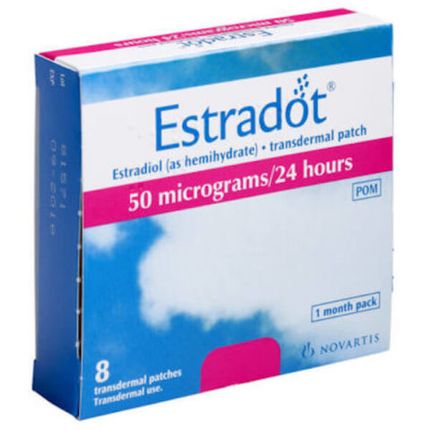

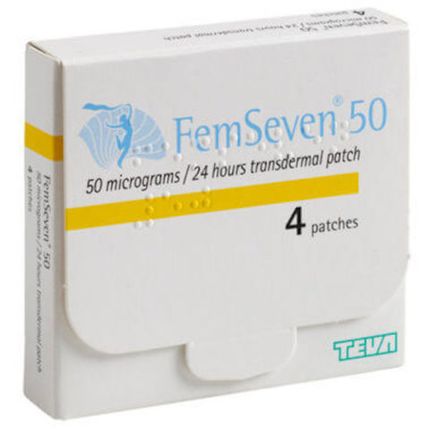
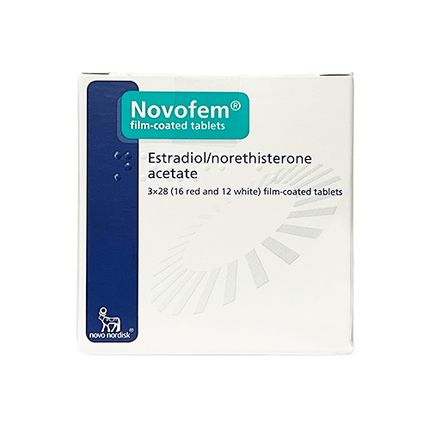
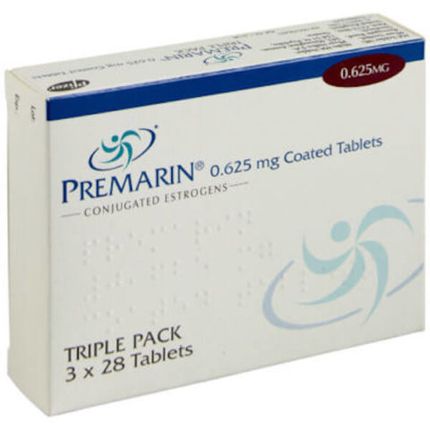


How do you restore hormonal balance?
In many cases, if you know the cause, you can fix it. What can you change or introduce in your life to lower your oestrogen dominance?
1. Reduce stress and find more moments for rest and relaxation
Stress is a progesterone thief, so the first thing you should do to get your hormones balanced is eliminate stress. Try to be kinder to yourself.
Take a critical look at your diary. Where can you free up time for relaxation? If your diary is full, can you change your priorities or reschedule activities?
You don’t have to spend a whole afternoon relaxing. Doing a breathing exercise for a few minutes can also be effective.
Tip: Vitamin C is an important vitamin that has many health benefits. One benefit is that it supports the adrenal glands, our backup system after the menopause (they produce oestrogen and progesterone when the ovaries have stopped doing so). Eat plenty of foods that are rich in Vitamin C, such as kiwis, strawberries, bell peppers and potatoes. You can also enhance your diet with a Vitamin C supplement during stressful periods, but always get advice from an expert before doing so.
2. Mind your weight
Most of your oestrogen is produced in your body fat. The more body fat you have, the more oestrogen is produced. This means having excess body weight can lead to oestrogen dominance.
It may be a good idea to try to lose weight or reduce body fat. Are you overweight? Explore various options for losing weight.
3. Avoid endocrine disruptors
Endocrine disruptors called xenoestrogens are all around us. They are a category of chemicals that alter the normal function of hormones. They are found in everyday items, such as pesticides used to spray vegetables and fruit. Therefore, you should opt for organic food whenever possible. Xenoestrogens are also in plastic bottles. If that plastic gets hot, more chemicals are released. So make sure to drink from a stainless steel bottle and avoid plastic bottles from the supermarket.
Skin care products and makeup also contain xenoestrogens. There are products without hormone-disrupting ingredients, so do your research and find safer options. Avoiding exposure to xenoestrogens in your everyday life may seem overwhelming (and quite frankly, nearly impossible). Fortunately, our bodies are equipped with a detoxification system designed to excrete toxins like xenoestrogens. You can support detoxification by taking a high-quality multivitamin and mineral complex.
4. Support your liver
When the hormones in your body have done their job, they are broken down in the liver. The liver is the body's waste disposal plant: it cleans the blood and breaks down and removes harmful substances. In order to function, it needs nutrients such as vitamins, minerals, trace elements and protein.
Make sure you eat 500 grams of fruit and vegetables each day. It’s also important to eat foods that cleanse your liver, such as artichoke, mushrooms, broccoli, cabbage, onion, Brussels sprouts, bean sprouts, alfalfa, radish, garlic and ginger.
5. Be physically active and blend exercise with strength training
Strength training stimulates mitochondria biogenesis, the process of producing more mitochondria. Mitochondria act as the power plants of the cell and induce your body to burn off fat. Also when you are at rest. The less fat you have, the lower the production of oestrogen. Therefore, it’s important to alternate moderate exercise (such as walking, swimming or cycling) with strength training.
Does your work make you sit a lot during the day? Then take a break every hour. Get up and move around for at least one minute. Do some squats, lunches or jumping jacks. Your body will thank you for it. Tip: set your alarm every hour so you don't forget.
Yoga is also a good form of exercise. Yoga moves and yoga breathing techniques promote relaxation and lower cortisol. This gives your body more chance to produce progesterone, which helps bridge the gap between sex hormones.
Alleviate your menopausal symptoms
Each woman's body is different, and when it comes to menopause, no woman's journey is the same. This means there is no one-size-fits-all solution. Discover how lifestyle, nutrition, supplements and medical treatments can support your health during your menopausal journey.

Sources
- Patel S, Homaei A, Raju AB, Meher BR. (2018). Estrogen: The necessary evil for human health, and ways to tame it. PMID: 29573619.
- Carruba G, Granata OM, Pala V, Campisi I, Agostara B, Cusimano R, Ravazzolo B, Traina A. (2006). A traditional Mediterranean diet decreases endogenous estrogens in healthy postmenopausal women. PMID: 17474873.
- Wong JY, Gold EB, Johnson WO, Lee JS. (2015). Circulating Sex Hormones and Risk of Uterine Fibroids: Study of Women's Health Across the Nation (SWAN). PMID: 26670127.
Possibly of interest to you


FAQ
Which supplements can support me during the menopause?
Certain vitamins and minerals are important during the menopause. For example, calcium, magnesium and vitamin D play a crucial role in bone formation and omega-3 fatty acids are important for keeping your hormones in balance, inhibiting inflammation and keeping your blood pressure constant, among other things. The starting point is to get most vitamins and minerals from food, but experience shows that this is not enough at every stage of life. Food supplements can then provide the support your body needs now. More about supplements.








